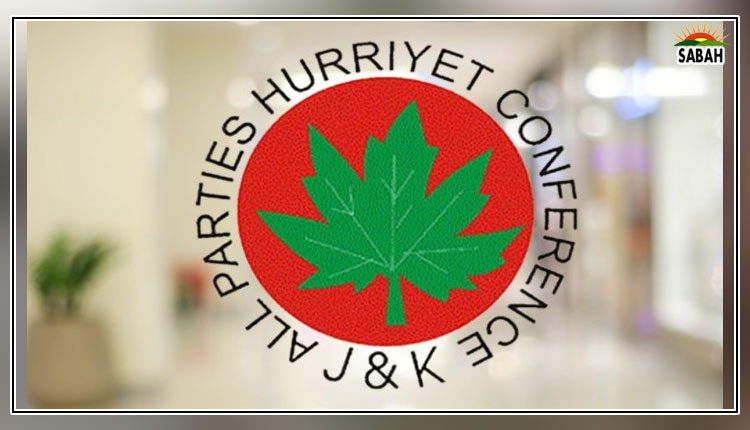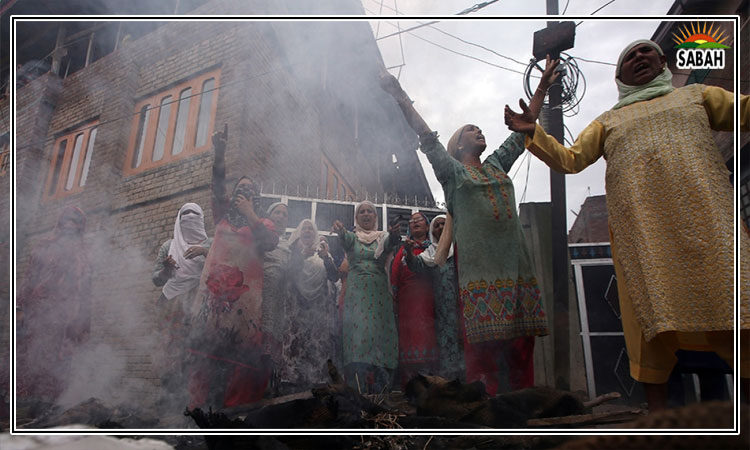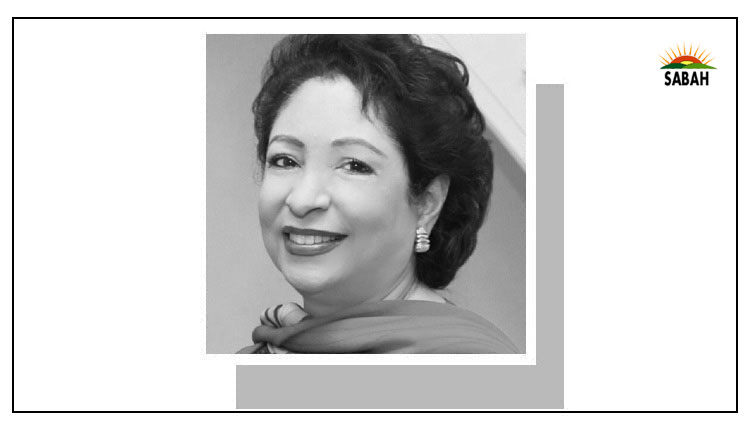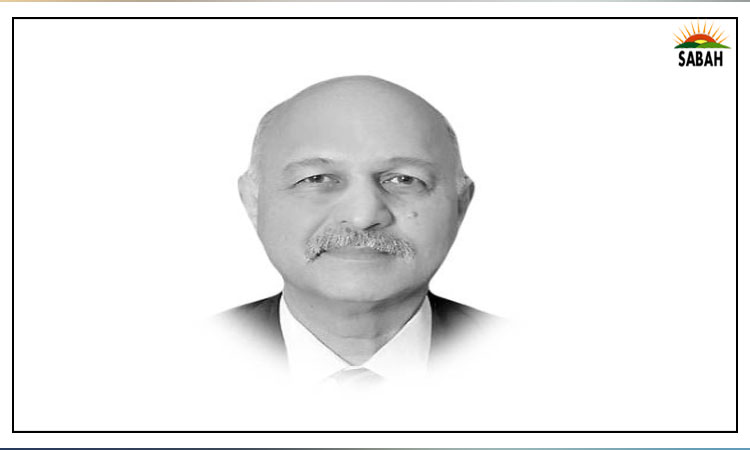Education quality…Muhammad Jehangir Khan
Low budgets may not always result in low-quality public goods like education services. And adding more funds to the system will not automatically raise its quality. That might only make the structures better (material characteristics such as infrastructure, tools, technology, staffing, etc). Besides structures, processes and outcomes/results are also crucial quality dimensions or components.
First, studies of quality in poor nations most frequently utilize structural measurements since they are the simplest to gather. Many assessments have shown that there are supply and facility deficiencies, but, perhaps surprisingly, material measurements of structure are not causally associated with higher educational outcomes. The research suggests only a shaky correlation between such structural features and improved education outcomes, notwithstanding the possibility that a better structural environment is favorable to greater educational outcomes.
Second, processes are used to guarantee that educational services and programmes are provided successfully and efficiently. Procedures are essential to raising the standard of education. They support the delivery of high-quality education by ensuring consistency, effectiveness, accountability, continuous improvement, and stakeholder involvement. Processes might involve things like curriculum design, assessment, and instructional strategies. It might be difficult to deliver high-quality education if the procedures are ineffective or outmoded. It might be difficult to make sure that students are learning and achieving to their full potential, for instance, if teaching methods are not evidence-based or are not adapted to match the requirements of specific students.
The provision of educational services and programmes must be uniform throughout all classes, institutions of higher learning, and districts. No matter where they are located, all kids will benefit from a high-quality education because of this consistency. Operations at educational institutions that are consistent or streamlined, lead to more effective service delivery. Efficiency can result in financial savings that can be put towards bettering educational resources.
Additionally, processes develop systems for accountability that support ensuring that educational services and programmes are provided in accordance with the highest standards. With continual monitoring and assessment, these processes make it possible to identify areas that require improvement clearly. Also, processes offer chances for stakeholder involvement in the planning, execution, and evaluation of educational services and programmes. This involvement aids in ensuring that educational services and programmes are sensitive to the wants and preferences of stakeholders, including parents and students. The final point is that although the goal of all education-related acts is to produce positive outcomes/results, measuring quality just by results may not be an effective strategy due to issues like the quality problem. For instance, a student may receive low-quality instruction or education but yet perform well, or a student may receive high-quality instruction or education but perform poorly.
To increase the quality of education, educators and policymakers must utilize the structures-processes-outcomes paradigm rather than concentrating on a single component alone. It acknowledges that several elements, such as structures, methods and results influence educational quality. An iterative process of assessment, planning, implementation and evaluation is required. Teachers and policymakers may build an atmosphere in the classroom that supports excellent teaching and learning by assessing, planning, implementing and evaluating initiatives to improve these variables.
Courtesy The News












